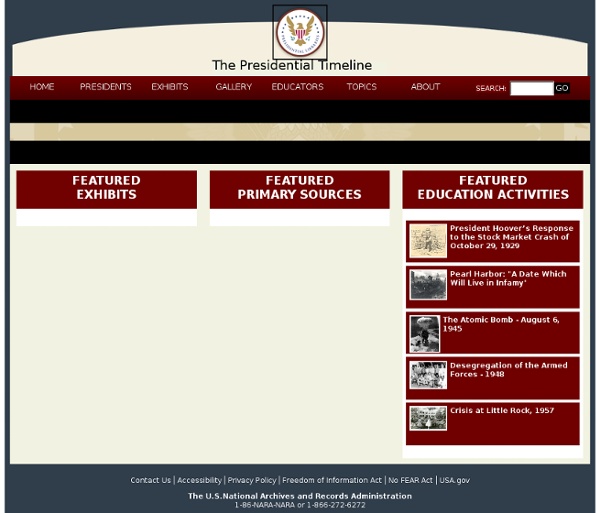



UH - Digital History SAT Subject Test: U.S. History: Toward War Toward War Abraham Lincoln’s victory in the election of 1860 began a chain of events that pushed the nation rapidly toward civil war. Secession During the 1860 election, some Southerners threatened secession pending Lincoln’s victory, even though he promised that while he would forbid the extension of slavery into the territories, he would not interfere with slavery in the South. Lincoln refused to recognize the confederacy and declared the secession “legally void.” However, the nation’s rift only widened in the early months of Lincoln’s presidency. The Confederate attack on federal troops at Fort Sumter sparked the secession of the Upper South and the commitment of the North to war . Mobilizing for War Each side predicted an early victory for itself. The Union’s advantages over the South: Population size: The North had a population of 22 million (23 states) versus the South’s 9 million (11 states). The Confederacy’s advantages over the North:
ushistory.gov on American History Comparing Civil War Recruitment Posters Students will compare and contrast military recruitment posters to analyze various perspectives regarding the role of African Americans during the Civil War. They will determine the purpose of each poster—one recruiting black men for the Union Army and one for the Confederacy—and analyze how the use of language conveys the intended message. Suggested Teaching Instructions Use this activity when studying the different perspectives on the recruitment of African Americans and the institution of slavery during a unit on the Civil War. It can provide an introduction to the relationship between military service, emancipation, and Union victory. For grades 7-12. Prompt students to carefully examine the two documents with the discussion questions provided. Who do you think created each of these posters. Explain that issues of emancipation and military service were intertwined from the onset of the Civil War.
Declaration of Independence In early 1776, American public opinion was deeply divided over the issue of declaring independence from Britain. A discernible drift toward independence was occurring, but the publication of Thomas Paine’s Common Sense and news of King George III’s decision to hire foreign mercenary soldiers to fight in America radicalized the views of many. On May 10, the Continental Congress adopted a resolution that urged the states to form their own independent governments to replace the defunct royal governments. Despite this action, opinion remained divided over the wisdom of having Congress itself make a statement of independence. On June 7, 1776, the Virginia delegate Richard Henry Lee, acting in accord with the instructions which the Virginia convention had given their delegation, brought three resolutions before the Congress: A statement of independence that concluded with the words, "These United Colonies are, and of right ought to be, free and independent States." 1. 2.
American Revolution - American war of independence On the outbreak of the war the American colonies were, from North to South; Maine, New Hampshire, Massachusetts, Rhode Island and Connecticut (making up New England), New York, Pennsylvania, New Jersey, Delaware, Maryland, Virginia, North Carolina, South Carolina and Georgia. The principal cities were Boston in Massachusetts, New York, Philadelphia, the colonial capital of Pennsylvania, and Charleston, the capital of South Carolina. To the North of the colonies lay the British province of Canada, with its mainly French speaking population, and to the West the hinterland of the American landmass. The American colonies differed widely. Boston was a busy port, reputed to be one of the wealthiest in the English speaking world. New York contained a polyglot population of Dutch, Swedes and English. Pennsylvania, established by the Quaker Penn family, had been hamstrung in the early part of the 18th Century by the stranglehold the Quakers maintained on government. The City of Philadelphia Concord:
Civil Rights Movement (United States) The American Civil Rights Movement began in the 1950s. It was a mass protest by African American people against segregation and discrimination based on race and colour. They fought for equal rights to education and jobs, and the freedom and right to represent themselves politically and legally. Civil rights for African-Americans Even after slavery was made illegal in the United Sates, African Americans did not enjoy the same freedom and rights as the white man. Britannica School Britannica School is a part of the EPIC databases which is a collection of reliable databases covering lots of different topics. Use search words like 'American civil rights' to bring up the page American Civil rights movement. Tips: To get to the EPIC resources you will need a password from your school librarian first. Khan Academy This educational website offers information and instructional videos on various subjects for students to learn at their own pace. The Black Past Protesters and activists Primary Sources